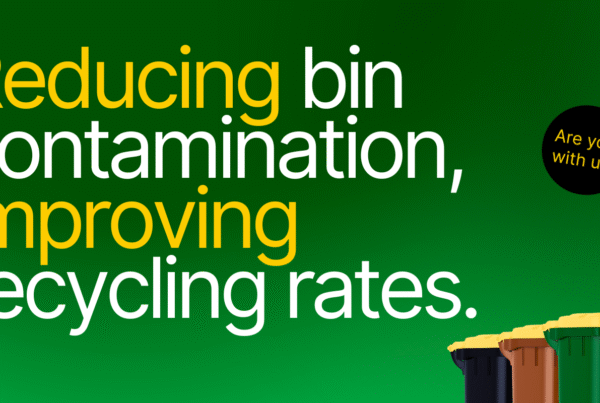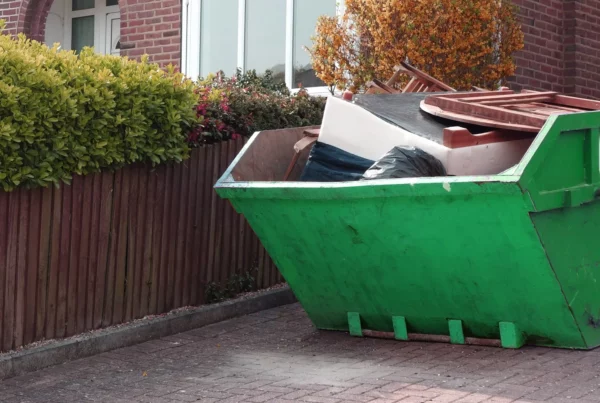- Food waste uses up 21% of Earth’s freshwater supply, 18% of cropland, and 19% of fertilizer.
- A number of ‘food sharing’ apps have emerged recently — could they be the solution?
Every year, nearly one-third of food produced for human consumption is lost or thrown out across the globe. According to the Food and Agriculture Organization (FAO), that equates to 1.3 billion tons. In developed nations like the U.S., this is especially a problem; we’re wasting almost as much food (222 million tons) as all of sub-Saharan Africa produces (230 million tons).
So, instead of putting more food on the table, let’s look over some facts together.
By 2050, there will be an estimated 10 billion people on the planet. With 3 billion more mouths to feed, it means a lot of severe changes. According to the World Resources Institute, this means increasing current food supply by 56%, while also lowering greenhouse gas emissions by almost 70%.
Is such a plan feasible? With numbers like that, this mission may seem overly ambitious. However, before diving in ways to change this current dilemma, let’s first look into why things must be changed.
More Into How Food Waste and the Environment Relate
If food waste were a country, FAO says it would be the third-largest greenhouse gas emitter. It would only follow the U.S. and China. So, food that just ends up being thrown away is still heavily contributing to climate change.
Food systems are heavily dependent on natural resources: land, water, biodiversity, to name a few. And factors like population growth, climate change, and shifting dietary changes are only increasing humans’ reliance on existing natural resources.
This leads to exacerbated cases of environmental degradation. For instance, almost half the world’s land surface is currently used for agriculture. Already, around 33% of soil in the world is degraded due to soil erosion. Unsustainable farming practices like tilling are known to accelerate soil erosion.
Additionally, food waste also uses up 21% of Earth’s freshwater supply, 18% of cropland, and 19% of fertilizer. And it doesn’t just end there. Rather, food usually ends up decomposing in landfills. There, it produces methane, a greenhouse gas 86 times more deadly than carbon dioxide.
Food Waste in the Supply Chain
This wastefulness is inherent in all stages of the supply chain. And the farther along the supply chain, the greater the carbon emissions produced.
In North America, the bulk of food waste is attributed to consumption. However, FAO found that still leaves 40% caused by other players. This includes everyone, from farmers to truck drivers and grocery store employees.
To list some examples, proper storage and efficient transportation are huge parts of the supply chain. And, both are essential in sustaining food quality so it lasts longer. Sure, this may seem like common knowledge. However, less than 10% of perishable food items are refrigerated while moving along the supply chain. Then, when food spoils, it, of course, goes to waste.
Additionally, another supply chain issue deals with production. One major issue for retailers is the pressure to only display premium products. Subsequently, produce that may appear “ugly” is often just discarded.
Food-Sharing Apps Reduce Food Waste
So, let’s go back to the initial question at hand. Considering the world’s current rate of consumption, will we be able to sustain 3 billion more mouths to feed?
Well, here’s some food for thought.
The emergence of food-sharing apps has started making headlines. Through technology, these apps create connections between players like retailers and food banks to reduce food waste.
Food donors, restaurants and caterers with leftover food, and farmers with edible but “ugly” looking food can either donate their food to nonprofits or sell to environmentally-conscious consumers at a reduced price. For some apps, there are even drivers to deliver the food.
Some examples of popular food-sharing apps include Food for All, OLIO, and Feedie. Although all have different approaches to food-sharing, they all have a common goal of alleviating food insecurity and waste.
Apps are an “obvious and important” solution, says Joao Campari, Global Leader of the Food Price at WWF International. “With food loss and waste creating at least eight percent of all emissions, it’s vital that as many people as possible reduce their personal food waste,” Campari told AFP.
Getting More People to Get On Board
But to do this at scale, tools have to be easy to use. After all, even with awareness, the adoption of software is tough if users can’t easily access and use it.
At the moment, food-sharing apps haven’t yet become mainstream. The fact that they even exist though is perhaps an indicator that there’s potential for technology to play a role in tackling the food waste problem.
Source: therising.co



